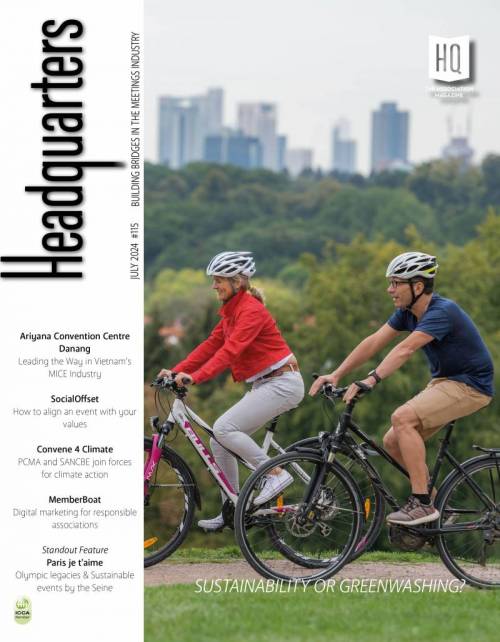Tokyo: City-Tech for a Sustainable Future!
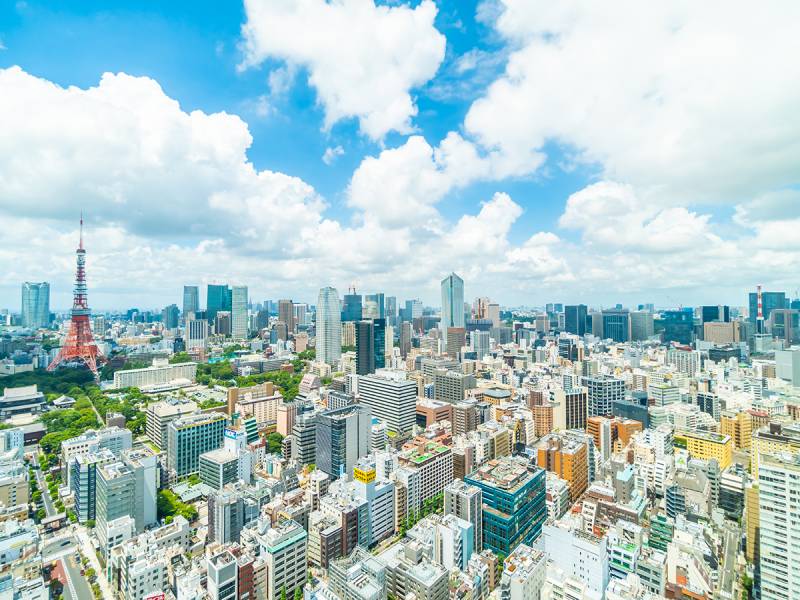
Few destinations around the world are as fascinating and cutting-edge as Tokyo. To promote the use of high technology in MICE events, the Tokyo Convention & Visitors Bureau (TCVB) carefully selected 15 technologies with the help of a selection committee and went down the rabbit hole with robots and avatars. Check the latest innovations in the Japanese capital.
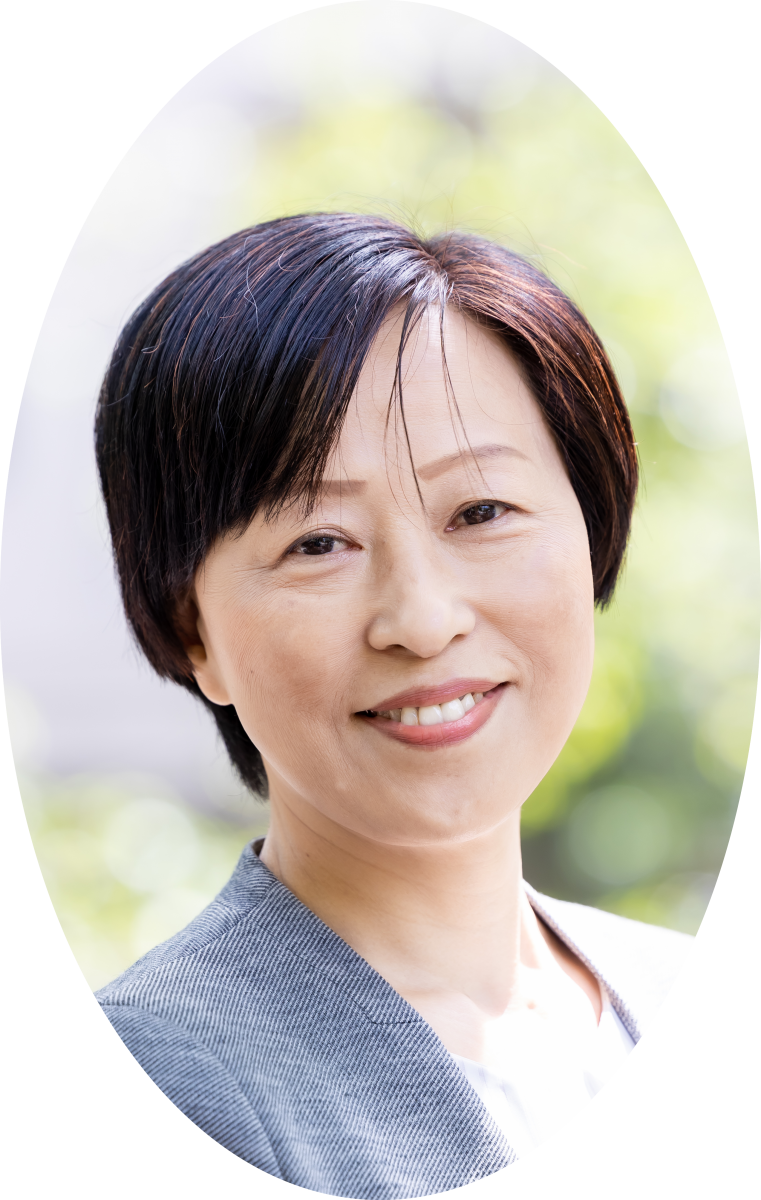 With the aim of taking MICE events to the next level, utilising a robust suite of technologies as well as applying this experience to the betterment of society, Tokyo is making dramatic leaps forward in the areas of accessibility, sustainability and inclusion, increasing the efficiency and productivity of remote participation. This is supported by new facilities for business events, including the recently opened Tokyo Metropolitan Tama Business Activation Centre (Tokyo Tama Mirai Messe) in Hachioji, with the largest hall at 2,400m2, Zepp Shinjuku for around 1,500 people in Tokyu Kabukicho Tower, TOKYO NODE HALL with capacity for 338 people in Toranomon Hills Station Tower and the current construction of facilities for business events around Takanawa Gateway station. To showcase the many state-of-the-art technologies that can be applied to business events in the city, the TCVB recently presented the TOKYO MICE Technology Guidelines, which contain 15 technologies and explanations on how to use them. “Tokyo is a metropolis like no other, representing a vital crossroads where 400 years of history and tradition meet innovation. From historic sites such as Asakusa Temple, Meiji Shrine and the Imperial Palace to the latest icon of Azabudai Hills, our city offers excitement beyond expectations,” says Kazuko Toda, Senior Director of Business Events at TCVB (pictured on the right).
With the aim of taking MICE events to the next level, utilising a robust suite of technologies as well as applying this experience to the betterment of society, Tokyo is making dramatic leaps forward in the areas of accessibility, sustainability and inclusion, increasing the efficiency and productivity of remote participation. This is supported by new facilities for business events, including the recently opened Tokyo Metropolitan Tama Business Activation Centre (Tokyo Tama Mirai Messe) in Hachioji, with the largest hall at 2,400m2, Zepp Shinjuku for around 1,500 people in Tokyu Kabukicho Tower, TOKYO NODE HALL with capacity for 338 people in Toranomon Hills Station Tower and the current construction of facilities for business events around Takanawa Gateway station. To showcase the many state-of-the-art technologies that can be applied to business events in the city, the TCVB recently presented the TOKYO MICE Technology Guidelines, which contain 15 technologies and explanations on how to use them. “Tokyo is a metropolis like no other, representing a vital crossroads where 400 years of history and tradition meet innovation. From historic sites such as Asakusa Temple, Meiji Shrine and the Imperial Palace to the latest icon of Azabudai Hills, our city offers excitement beyond expectations,” says Kazuko Toda, Senior Director of Business Events at TCVB (pictured on the right).
Worldwide business events are returning to prepandemic levels
Statistics also illustrate the Japanese city’s recent successes. According to the Japan Tourism Agency, last May’s statistics on accommodation revealed an increase of 20.1% compared to 2019, surpassing pre-coronavirus figures. The number of visitors to the country exceeded 10.71 million in the first half of this year (+72% of the same period in 2019). Although statistics on the number of business travellers have not yet been released, the bureau’s daily activities show a strong recovery. In addition, incentives have seen a huge comeback: “a large insurance-related group from Malaysia, with more than 1,200 people, visited Tokyo recently; as for association meetings, the International Congress of Nutrition and the International Meeting of Societies of Investigative Dermatology held in December 2022 and May 2023, attracted more than 3,500 people and 2,500 people respectively.” The International Congress of Industrial and Applied Mathematics was held in August this year and attracted around 5,000 delegates.
So, how did the sector react during the pandemic? “For a start, venues and hotels opted for online and hybrid conferences; PCOs responded in the same way to this most serious setback by going online; DMCs expanded their activity beyond travel to operate state vaccinations, with others entering the PCO sector successfully continuing their activities. Like other major cities around the world, Japan’s corporate events sector is facing a labour shortage. However, the key players remain in the industry and are as active as ever, providing comprehensive support for postponed association meetings to ensure they can be realised as quickly as possible,” adds Kazuko.
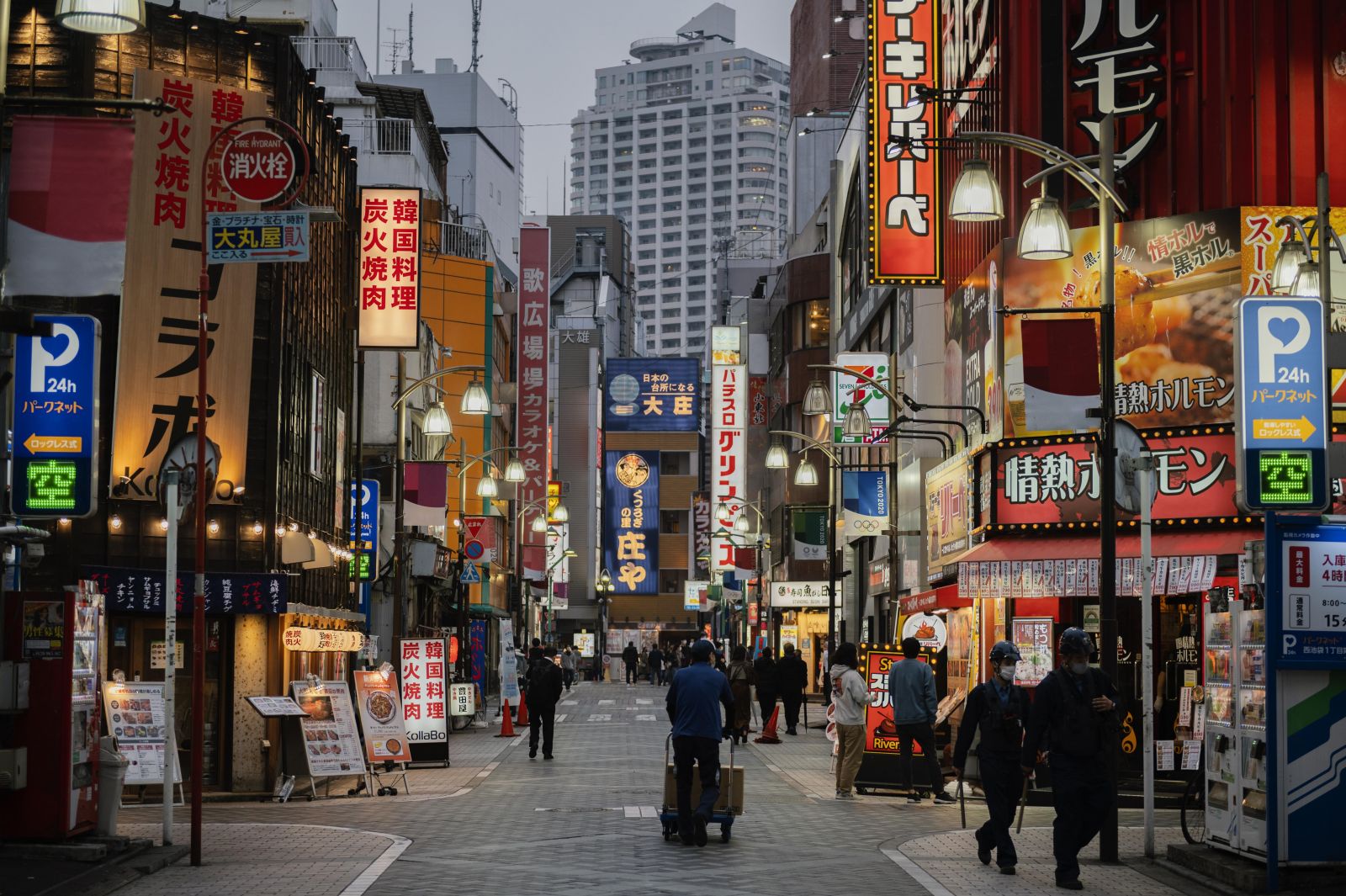
Diversity rises with increased immigration
Meanwhile, the diversity of the population has accelerated in recent years, with the number of foreign residents in Japan at the end of 2022 rising by 11.4% year-on-year to a record 3,075,213, the Immigration Services Agency said. Tokyo is home to the largest number of these residents and recorded the biggest gain − increasing by 63,231 to a total of 581,112. The number of foreign students and technical interns has also risen sharply following the relaxation of COVID-19 border measures, and much of this is due to the vast university network and world-class facilities. “Over 140 universities are located in the Tokyo area, with approximately 70,000 teaching professionals and 700,000 students. In addition, there are roughly 70 public and 90 private research institutions. All in all, Tokyo is the true academic hub of Japan, and more than 1,000 academic societies and associations are located here. For these reasons, TCVB can quickly establish a close liaison with academia and industry when bidding for international conferences, immediately setting up local bidding committees.”
A recent example of this was the 45th International Conference on Ocean, Offshore and Arctic Engineering − OMAE 2026, where TCVB obtained letters of support from professors at the University of Tokyo and Nihon University, as well as from eight related national organisations, successfully securing the bid. Regarding the requirements of associations in this new conference season, the TCVB has noticed a growing need for sustainability in business events. In response, the TCVB developed the Carbon Footprint Calculator for Business Events and created the Sustainable Events Support desk to offer support to local organisers.
Sustainable Experiences for Business Events
As one of the world’s most populous and industrial cities, Tokyo takes sustainability very seriously. The Tokyo Metropolitan Government has created “Carbon Half”, a plan to halve greenhouse gas emissions by 2030 and achieve net zero global emissions by 2050. In light of these efforts, Tokyo’s business events industry has also been proactive in its contributions to the SDGs and is initiating various sustainable practices. “Our team, in particular, has been raising awareness of sustainability in the events sector with the publication of the Carbon Footprint Calculator for Business Events in Tokyo in March. This calculator helps meeting organisers understand their event’s environmental impact, so they can take specific measures for sustainable management,” Kazuko tells us. TCVB also released the Sustainability Guidelines for Business Events in Tokyo and the Sustainability Experience in Tokyo for International Conferences.”The latter contains captivating programmes where participants can learn about local, sustainable initiatives and longevity efforts and even offers opportunities to contribute to the community, such as the Paddling to protect experience, where delegates can ride a rubber boat while cleaning local rivers. In line with these green policies, the TCVB also set up the Sustainable Events Support Desk this year, offering local organisers comprehensive and expert guidance on how to optimise sustainable events in Tokyo and providing relevant information on the services available.
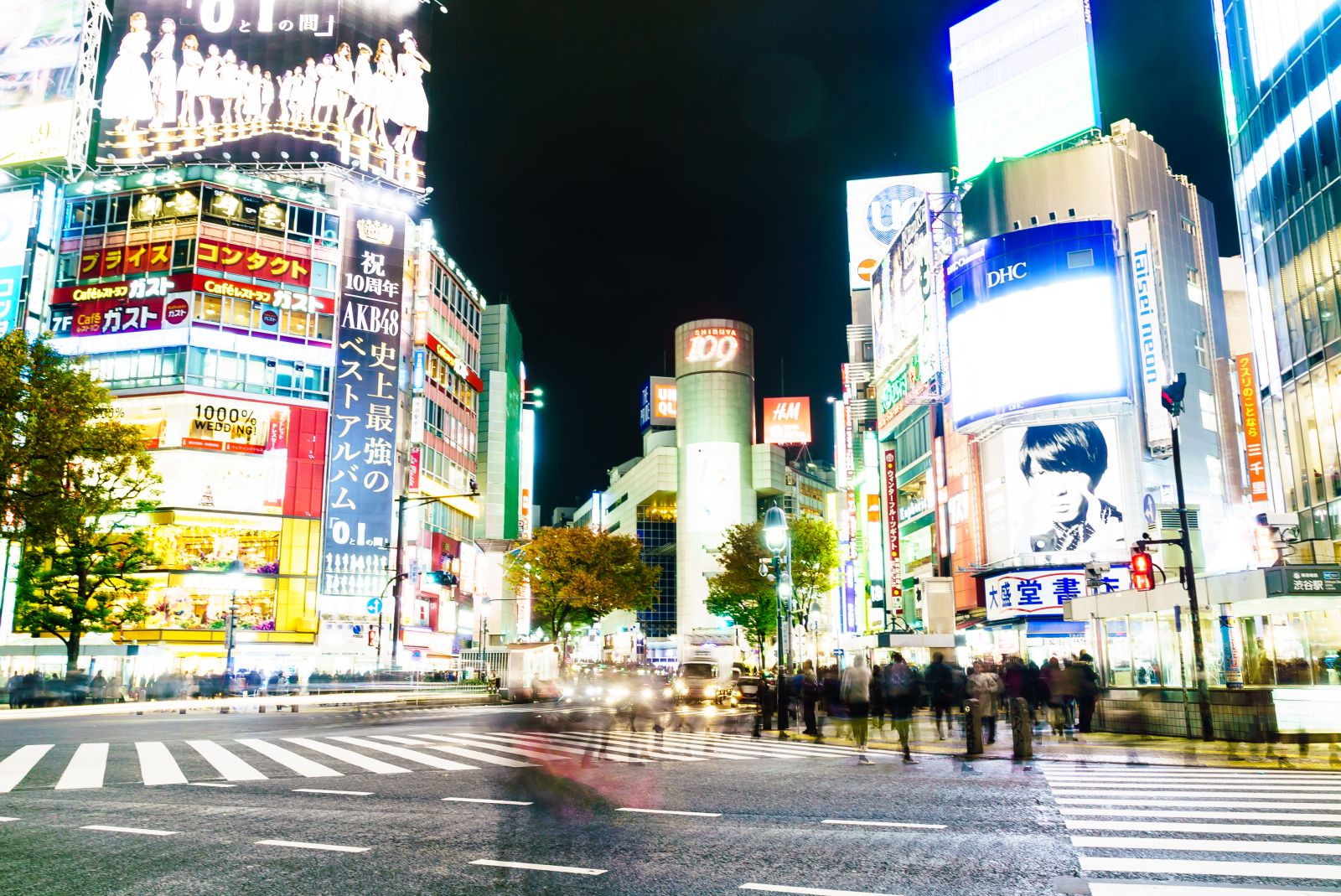
Tech Guidelines and Robot Avatars
Hybrid format conferences can be held at most conference facilities in Tokyo, which have provided generous facilities subsidies, ensuring that the highest level of communications infrastructure can be used at events. In February, the TCVB, together with the Tokyo Metropolitan Government, organised a MICE Symposium with the aim of publicising the city’s efforts towards digital transformation in business events, while bringing them into line with international standards. “During the symposium, we outlined technology guidelines and presented 15 technologies,” says Kazuko. “Until recently, the use of high technology was not well established in the local business events industry and lacked instructions for its use. However, through formulating these guidelines, we contacted manufacturers and held public demonstrations of how technology can streamline the business event planning, and, as a result, we were able to quickly establish connections between business events and technology industries.”
A prime example of the technological application was the 9th UIA Asia-Pacific Associations Roundtable 2021, held for the first time in Japan. “We utilised iPresence Ltd. − a remote communications and advanced technology specialist group, providing advanced technological equipment, robotics, communication equipment, software, and related services,” said Kazuko. A unique demonstration of new telepresence robot avatars was presented during the panel discussions, showcasing a solution for managing international conferences in a hybrid format. The foreign speakers, who came together like robot avatars from Australia, Germany, Hong Kong and Switzerland, experienced a completely new way of communicating with local participants, made possible thanks to this innovative add-on. Clara Fernández López, UIA External Relations Manager, commented on this remote participation and the experience of performing on stage as a robot: “It was a great hybrid experience having the avatars on stage, which made everything fun. Moving the robot while facilitating panel discussion was a new challenge, but at the same time, I really enjoyed it, especially when we were able to walk around the lobby to meet the audience.” In-person participants mentioned “the strong presence of foreign participants” during the round table and described the experience as “fascinating and inspiring.”
Lastly, the City-Tech.Tokyo conference was held at the Tokyo International Forum last February, dedicated to creating a sustainable society through open innovation with startups, and exploring this concept through the four themes of “infrastructure”, “environment”, “living”, and “culture”.
Events in the pipeline:
- The 25th International Federation of Fertility Societies World Congress 2025 (IFFS 2025) | 25 April to 29 April 2025 | forecast to attract 4,000 participants
- The 45th International Conference on Ocean, Offshore and Arctic Engineering (OMAE 2026) | 07 June to 11 June, 2026 | forecast to attract 1,200 participants
Other Articles
About Us
Supported by the Union of International Associations (UIA), the International Association of Professional Congress Organisers (IAPCO) and the Interel Group, the global public affairs and association management consultancy, Headquarters Magazines serve the needs of international associations organising worldwide congresses.














